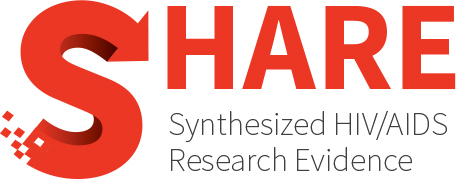Acceptance commitment therapy and its application in HIV or stigma reduction
Abstract
Key take-home messages
- ACT has been used in several chronic conditions, including anxiety, depression, physical health problems (e.g., pain) epilepsy, and diabetes. However, there is limited research on how ACT has been applied in HIV and/or in stigma reduction. Therefore, there is a need for more empirical data on the effectiveness of ACT and its application in HIV or stigma reduction.
- Three meta-analyses have investigated the effects of ACT on health and quality of life related for a spectrum of chronic conditions. The two older meta-analyses found that more research evidence is needed to conclude that ACT is more effective than established treatments. In contrast, a more recent meta-analysis that updated the searches from those published previously concluded that “ACT is more effective than control conditions for several problem domains, but there is no evidence yet that ACT is more effective than established treatments” and that “there is no distinct advantage of using ACT over existing established treatments”.
- Based on a systematic review about HIV and stigma that the OHTN is leading, we identified four tools that had been used in more than one of the included studies to measure stigma in people living with HIV. A 40-item scale developed by Berger et al. (2001) is the most popular and appears to be the most reliable and valid.
- For process measures of ACT, many studies have used the Acceptance and Action Questionnaire (AAQ), which is a more general measure of several ACT processes related to psychological flexibility and is designed for use in population-based studies. Two versions of the AAQ have been developed — one with 16 items and the other with nine items (11). Both version have been found to have adequate criterion, predictive and convergent validity.
Authors
The Ontario HIV Treatment Network: Rapid Response Service.
Year
2010
Topics
- Determinants of Health
- Stigma/discrimination
- Population(s)
- General HIV+ population
